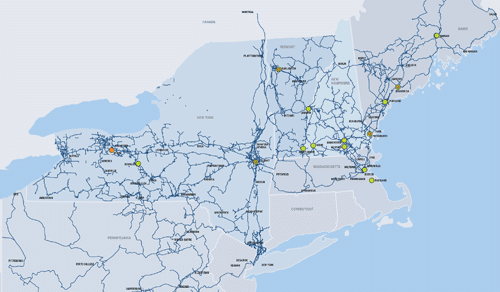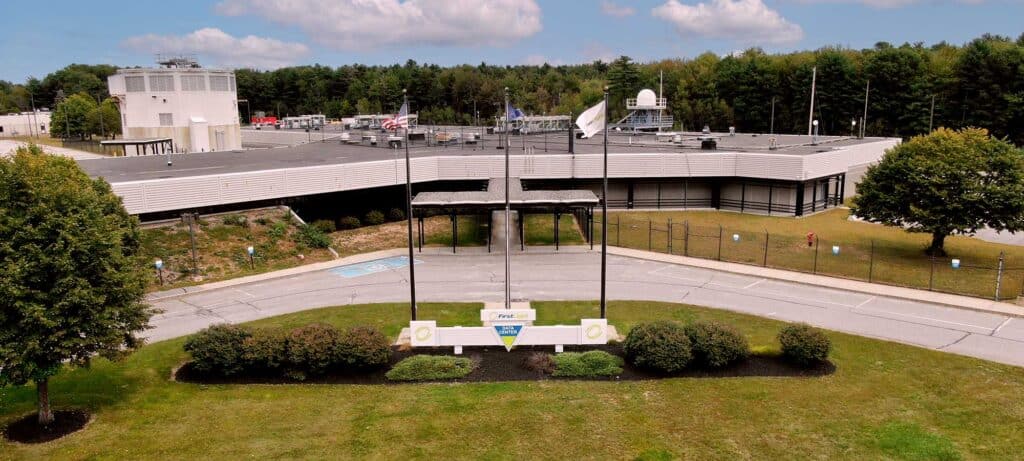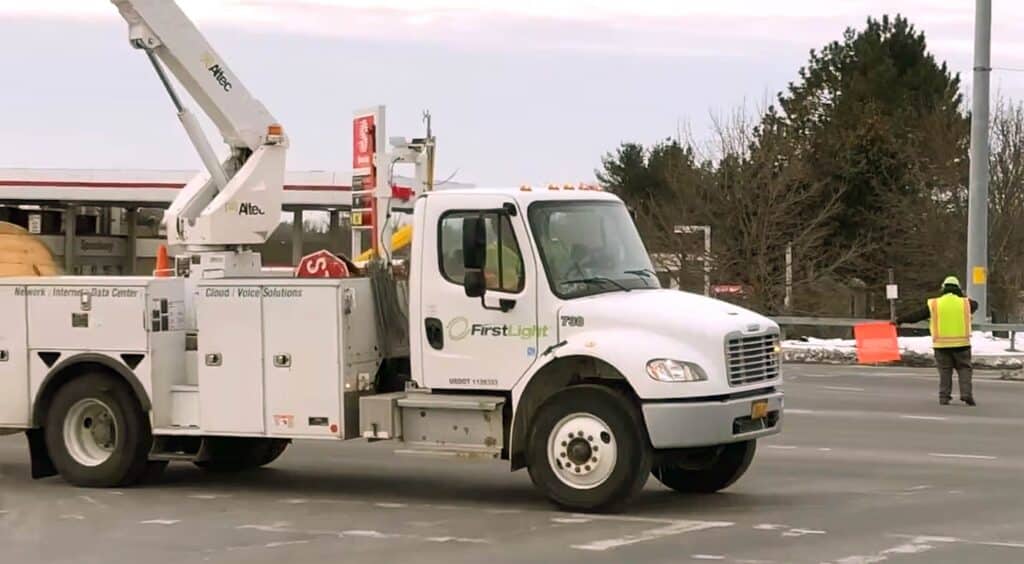In today’s connected world, downtime is not an option. Although many people think downtime business disruption stems from catastrophic weather incidents such as tornadoes, ice storms, or lightning storms, the primary causes of downtime are much more ordinary.
Among the top causes of downtime are accidental data deletion, operating system bugs, hardware failure, power loss, software installs/upgrades, and of course, ransomware/security breaches. One proven way to guard against downtime is to utilize a disaster recovery (DR) solution offered through a provider you can trust.
With Disaster Recovery as a Service, your organization is protected from downtime scenarios. You can rest a bit easier knowing your critical applications and data are replicated to a secure, cloud-based DR site managed by a third party.
What is Disaster Recovery?
For purposes of this blog, we’ll focus on the basics of a disaster recovery solution rather than the need for disaster recovery planning, an equally important process that organizations also need to implement.
In its simplest terms, disaster recovery is the process of maintaining critical infrastructure in the event of a downtime scenario. Disaster Recovery as a Service allows for replication and automated recovery of data and applications via the cloud by a third party provider. Backup copies of your files exist apart from your primary network and can be accessed in the event of a ransomware attack, inadvertent data deletion, or a catastrophic event.
A Disaster Recovery as a Service provider should equip you with automated recovery software, cloud computing resources, and the network services you need to access your backup data and guard your organization against downtime.
What to keep in mind when selecting a DR provider
- Experience – Select an experienced provider with a history of offering reliable disaster recovery and customer service. Consult with industry peers and ask for testimonials or references from satisfied customers. Ask for the provider’s net promoter score, a measure of customer sentiment on how likely he or she would recommend a company, product, or service to a colleague.
- Quick Data Recovery – You want to be sure your provider doesn’t only back up your data, but that your critical applications restore online within minutes and your IT staff isn’t burdened by complexity. Look for an aggressive recovery point objective (RPO) of mere seconds.
- Affordable – DR should be affordable and scalable. Watch for hidden fees.
- Simple – Disaster recovery doesn’t need to be complex. Installation and management should be straightforward; be sure you understand what you need, what the provider guarantees in its Service Level Agreement (SLA), and what role the provider will play in the event of a downtime incident.
- Compliance – More than ever, security of data – at rest or in transit — should be a major concern. Ensure your provider has industry certifications and is compliant with industry standards such as HIPAA, SOC 2 Type II, and PCI.
- Service-centric – You want the best DR solution you can afford, but it’s all for naught if your provider isn’t there when you need it. Your provider and solution should be available 24/7, with a clear and easy way to contact a customer service professional or technician when needed. You may need to contact your provider to scale or help with a unique situation.
- Test and verify – Know for certain that your DR plan will work. Testing should be free and simple – and done regularly, at least twice a year.
FirstLight can help. FirstLight has the experience, resources, and customer service track record you need to consider when selecting a disaster recovery provider. FirstLight can help guide your DR and cloud backup decisions to see what’s right for your organization. For more information, or to request a demo of our DR and security solutions, contact one of our experts at 888-832-4976 or visit https://www.firstlight.net/request-info/.






















